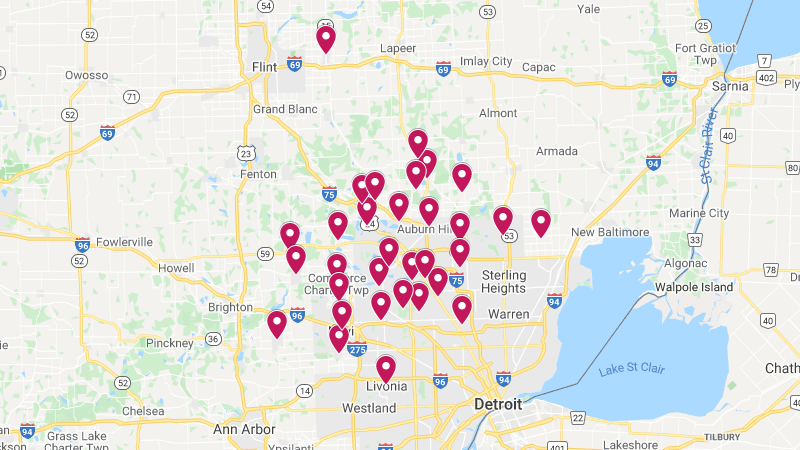Landscape lighting adds a touch of ambiance to your yard after dark. It can also enhance safety by highlighting pathways and preventing trip hazards, such as posts or statues.
There are many different types of lights, and it’s important to consider your space’s purpose before choosing the right ones. Learn more by clicking here.
Highlighting
When landscape lighting is used properly, it can draw attention to prized trees and shrubs, as well as highlight your home’s architectural features. It also enhances the safety and functionality of your outdoor areas.
A good way to determine which landscape lighting ideas are right for you is to think about what you like to do in your yard and what you want to highlight.
For example, if you love entertaining outdoors, flood lights can illuminate the deck and patio and add a sense of excitement to your evenings. Alternatively, landscape uplights can spotlight prized tree structures or landscaping, while low-voltage lights can illuminate paths, walkways and steps for safety.
Silhouetting
Silhouetting in landscape lighting ideas is a technique where you shine light behind a particular feature that emphasizes its shape and texture. It can be used to accentuate pathways and define obstacles, as well as accent trees and shrubs.
For instance, a gazebo or pergola can look enchanting lit at night, especially if you place uplights on the top of the structure.
It’s also a great way to highlight vertical features like stone retaining walls, outdoor kitchens, steps and handrails.
In contrast to uplighting, downlighting places a light source above the desired area you want illuminated. This creates a wash of light down into the ground and leaves you with a soft, natural glow.
Accenting
If you’re looking to spruce up your home’s exterior, you should be sure to accent it with some of the best lighting ideas available. You’ll want to consider floodlights, well lights and the right kind of spotlights to make your landscaping a showpiece for visitors to your property.
Uplighting is a popular technique that shines light upwards, often from the ground, to highlight the main features of a tall tree or densely foliaged shrub. Alternatively, you can use spotlights to provide the illumination that will illuminate a sculpture or other tall piece of architecture in style. Similarly, you can shine the light around a water feature to accentuate its intricate design and rippling flow. Lastly, you can use the lighting effects of multiple lights to create a dramatic ambiance at night.
Path Lighting
Path lighting is one of the most important types of landscape lighting because it provides direction and safety for visitors walking along walkways, hardscape surfaces and steps. It also quickly adds a dramatic design element to your landscape.
Aside from providing illumination, outdoor path lights are a great way to improve your home’s curb appeal and increase its value. However, it’s important to install these lights correctly so that you don’t run into any safety issues or glare from the fixtures.
For optimum lighting coverage, place path lights 5 to 8 feet apart and about 14 inches off the ground. You can also alternate pools of light on opposite sides to create a more dramatic nighttime look.
Deck Lighting
Deck lighting not only enhances the aesthetic of your backyard, but it also helps to make the space safer at night. Lights can help people navigate and avoid tripping on dark steps, and they can also be used to highlight elements such as plant boxes that can’t be seen in the sunlight.
The right kind of lighting can add a touch of magic to your outdoor space, particularly in winter when string lights come into play and give the area an instant glow. Alternatively, wall lights add even more sparkle and ambiance to your garden. Check out this webpage.




